FOR AGES 7 YEARS TO 11 YEARS
The Tudor rich and poor lived very different lives.
Life in Tudor times was tough, and life expectancy was low regardless of class. Rich people had opulent lives, with grand houses, spectacular clothing and rich, protein-laden diets. Rich women would have lived very different lives to their poor counterparts, being shielded from the reality of hard daily manual labour.
Let's look at the differences between rich and poor in Tudor times and see how different the lives of a noble and a peasant really would have been back then.
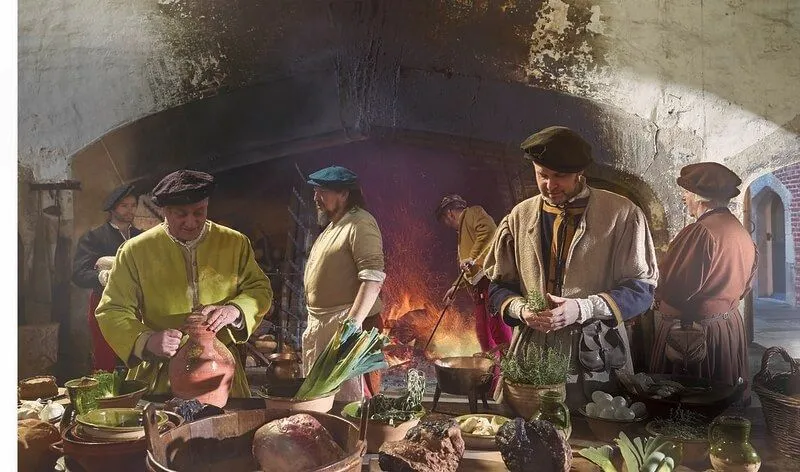
Rich
75% of a wealthy Tudor's diet would have been made up of meat. A rich Tudor would have eaten a lot of fresh red meat with bread at every meal. The bread of the rich would have been made from white or wholemeal flour. Rich Tudor's diets wouldn't have been all that healthy, what with their excessive meat consumption and disdain for vegetables. Rich people would have looked at vegetables, particularly root vegetables, as being only suitable for the poor. Rich people were suspicious of fresh fruit and usually dried or preserved them or baked them into tarts.
Both rich and poor would have drunk ale rather than water as water was generally unsafe to drink. Rich Tudors would have enjoyed sweet foods sweetened with honey, and the very rich would have used sugar to make sweet treats. Wealthy Tudors would have used many different and exotic spices in their cooking, and many dishes would have been highly spiced and sweetened.
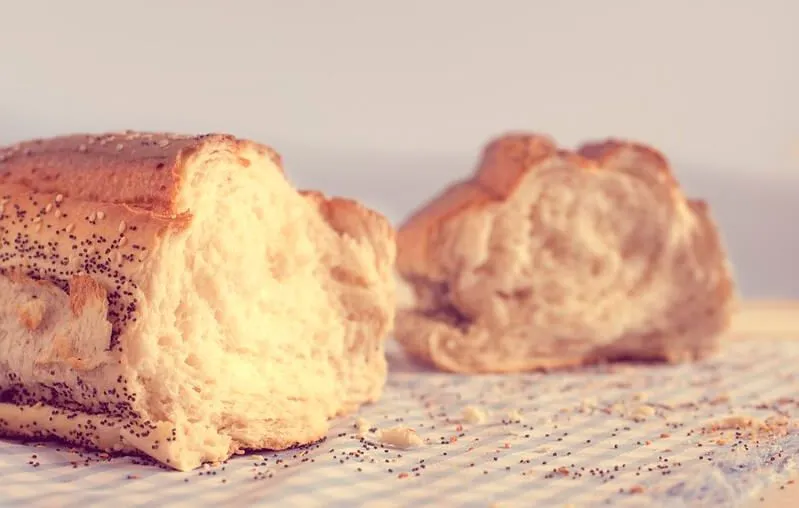
Poor
Poor people occasionally ate meat if it was available, but ate a much more plant-based diet. Most poor people would have eaten just one cooked meal a day. A poor Tudor would have eaten coarse rye or barley bread with cheese and onions in the morning, and eaten the same bread with cheese and curds or pottage for the main meal. Pottage was a thick stew or soup made with seasonal vegetables, grains, and meat if available. Pottage was a staple of the peasantry's diet from the 9th to the 17th century. Rich people ate a variation of this meal but would have added a lot more meat.
Only the poorest people would have drunk water. Anyone with any means to avoid water would have drunk ale or cider instead.
A Tudor would be considered old once they reached forty. Infectious diseases such as dysentery, sweating sickness and the flu wiped out swathes of both rich and poor, although poorer communities were more likely to be decimated by contagious illness due to cramped living quarters, malnutrition and hygiene issues.
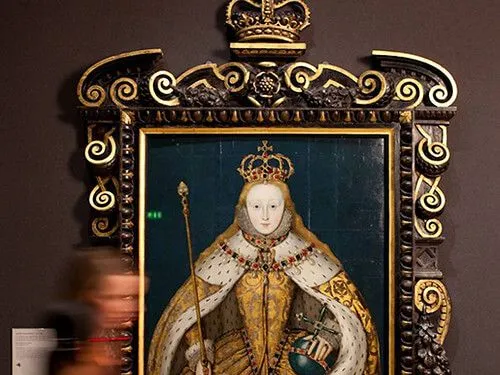
Rich
Rich people lived in country mansions with many rooms to accommodate the family, staff and guests. Having many windows was seen as a status symbol as glass was used in homes for the first time in Tudor times.
Rich houses would have been lined with oak panelling to keep out draughts. Four-poster beds with heavy curtains would also have been used to protect sleepers from cold.
Chimneys were a luxury even for the rich. Carpets were a luxury available only to the very rich. These would have been hung on the wall, being too precious to walk all over. People covered the floors of their houses with rushes, straw and herbs, and changed the flooring once a month.
Poor
The lives of the poor would have been exceedingly difficult. Most poor people would have lived in the countryside, working on the land.
Children would have worked as soon as they were able and would have continued working day in day out until they died. The poor Tudor would have lived a life revolving around hard labour and deprivation.
Poor Tudor houses wouldn't have had glass windows. A poor Tudor home would have had holes in the wall for windows and some might have had wooden shutters to keep out draughts. Poor people's houses would have consisted of one single room where all the family lived and slept.
The floor would have been earth and the walls and roof would have been straw, mud and dung. There would have been a fire in the middle of the room where the family cooked their meals. Beds would have been stuffed with straw and covered with small blankets. The toilet would have been a hole in the ground.
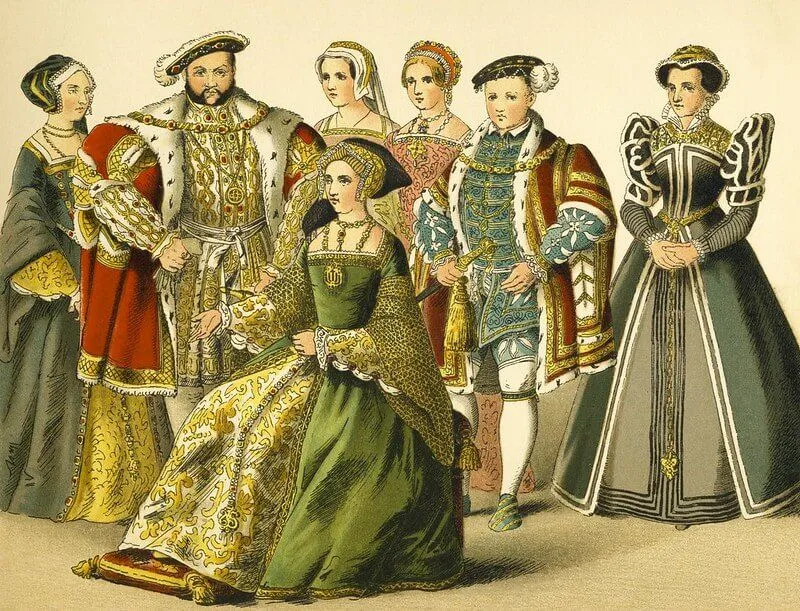
Rich
Wealthy Tudors could wear luxurious, ornate clothing. Clothes were a status symbol displaying the person's wealth. Rich people would have had clothes made out of silk, fine wool and linen.
Clothes were decorated with jewels and elaborate embroidery. Rich people would have worn ruffs, and women wore padded floor-length skirts held up with hoops, heavily decorated bodices and colourful gowns over the top.
Wealthy Tudor men wore white, frilled silk shirts, a tight-fitting doublet on top and skintight striped trousers. These wealthy Tudors would have frequently modified their wardrobes to reflect changing fashions.
Poor
Poor people would have worn loose-fitting garments made from woollen cloth. Clothes would have been simple. Men wore woollen trousers and knee-length tunics. Women would have worn floor-length woollen dresses, often covered with an apron. They would also have worn linen bonnets on their heads. Poor Tudor wardrobes would have been practical rather than decorative.
Did rich Tudors have healthier diets than poor Tudors?
What factors would have contributed to life expectancy differences between rich and poor?
Why was average life expectancy so low for both rich and poor?
Read The Disclaimer
At Kidadl we pride ourselves on offering families original ideas to make the most of time spent together at home or out and about, wherever you are in the world. We strive to recommend the very best things that are suggested by our community and are things we would do ourselves - our aim is to be the trusted friend to parents.
We try our very best, but cannot guarantee perfection. We will always aim to give you accurate information at the date of publication - however, information does change, so it’s important you do your own research, double-check and make the decision that is right for your family.
Kidadl provides inspiration to entertain and educate your children. We recognise that not all activities and ideas are appropriate and suitable for all children and families or in all circumstances. Our recommended activities are based on age but these are a guide. We recommend that these ideas are used as inspiration, that ideas are undertaken with appropriate adult supervision, and that each adult uses their own discretion and knowledge of their children to consider the safety and suitability.
Kidadl cannot accept liability for the execution of these ideas, and parental supervision is advised at all times, as safety is paramount. Anyone using the information provided by Kidadl does so at their own risk and we can not accept liability if things go wrong.
Kidadl is independent and to make our service free to you the reader we are supported by advertising.
We hope you love our recommendations for products and services! What we suggest is selected independently by the Kidadl team. If you purchase using the buy now button we may earn a small commission. This does not influence our choices. Please note: prices are correct and items are available at the time the article was published.
Kidadl has a number of affiliate partners that we work with including Amazon. Please note that Kidadl is a participant in the Amazon Services LLC Associates Program, an affiliate advertising program designed to provide a means for sites to earn advertising fees by advertising and linking to amazon.
We also link to other websites, but are not responsible for their content.
Was this article helpful?
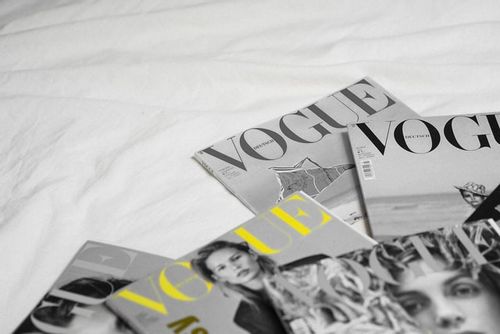


Browse Category



We’ll send you tons of inspiration to help you find a hidden gem in your local area or plan a big day out.



Check your inbox for your latest news from us. You have subscribed to:
Remember that you can always manage your preferences or unsubscribe through the link at the foot of each newsletter.